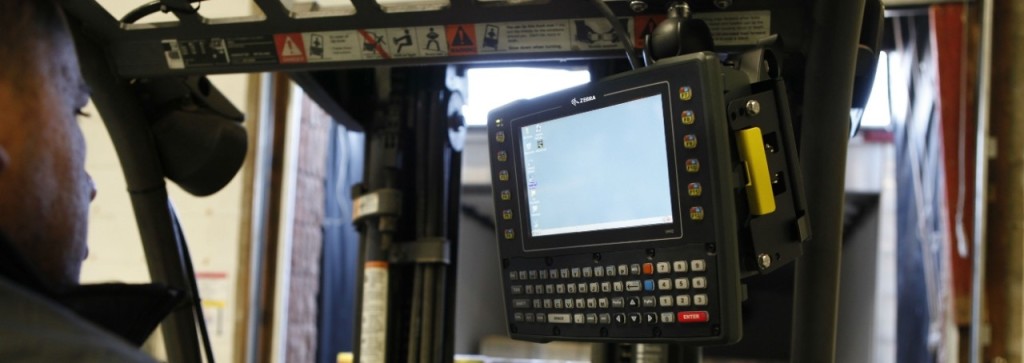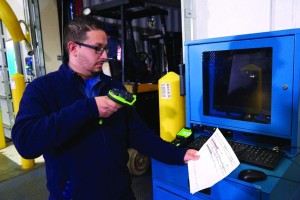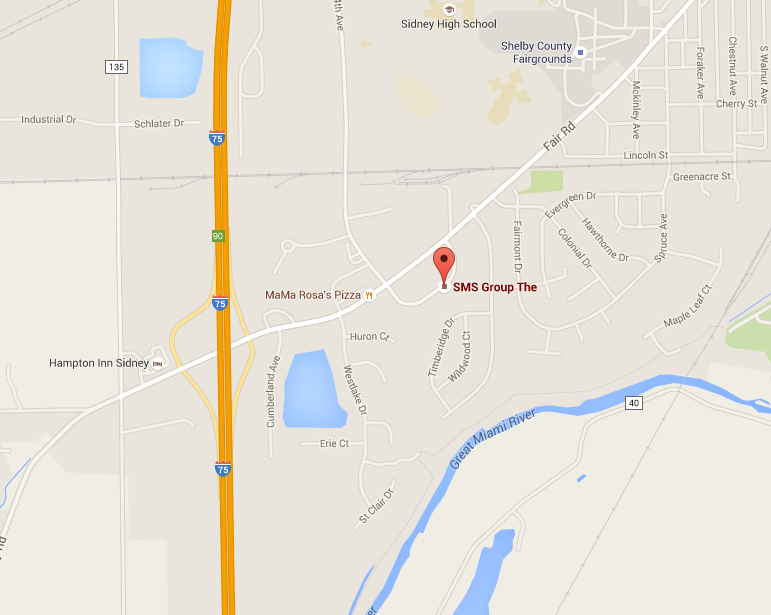Before You Purchase Your Next Barcode Scanner, Read This Blog!
Choosing a barcode scanner can be confusing given all the various features and options. The task of determining which model to choose can be a difficult one unless you understand the application requirements. Customers often will come to us after purchasing a “value” scanner from another vendor, only to find that the device would not scan reliably for them. Once we inquire further, we realize that the scanner they chose was not designed to meet the demands of their environment or their application. Examples of popular data collection applications include:
- Asset tracking – tracking equipment or corporate assets
- Cold Storage – use in extreme temperatures
- Order picking – parts picking for order fulfillment
- Forklift Operation – picking or putaway from a forklift
- Shop Floor Control – tracking and reporting production orders
- Inventory Management – tracking and reporting parts/components
- Shipping / Receiving – processing order shipments or receiving in product
- Field Service – customer service or sales operations outside the four walls
Understanding the use case
There are several different types of scanners that work best in particular environments. Choosing the wrong device for the application can mean lost productivity, excessive repair costs and compromised customer service. The best place to start is to understand which category of scanner is best suited to the environment:
- Commercial – great for low-volume, light-duty applications. Medical office, library, or other administrative environment
- General Purpose – these scanners are more versatile, and can handle high-volume, demanding applications. Great for small business, non-industrial applications
- Industrial – designed specifically for harsh environments like a warehouse, factory, shipping dock
If you have an idea of where and how the device will be used, chances are it will fit one of these categories.
The next step is to understand the workflow process from start to finish to determine which model will perform best. For example:
- Will it be used to pick parts, ship orders, track assets or inventory, scan driver licenses or ID badges?
- How far away from the barcode being scanned will the user be standing?
- What are the conditions of the environment? Dimly lit warehouse or bright light of the sun?
- What type of barcode will be scanned? Linear or 2D?
- How much movement does the user need?
Based on the tasks required to carry out the process, your scanner requirement will probably fall into one of these secondary categories:
Vehicle-Mount Scanner
 These devices are built primarily for forklift applications, but can also be mounted in delivery or service vehicles. These devices go hand-in-hand with vehicle-mount computers, giving users mobile access to desktop applications to complete tasks fast and accurately. Some of the key features include: rugged design, programmable keyboard, field-replaceable touchscreen and Wi-Fi connectivity.
These devices are built primarily for forklift applications, but can also be mounted in delivery or service vehicles. These devices go hand-in-hand with vehicle-mount computers, giving users mobile access to desktop applications to complete tasks fast and accurately. Some of the key features include: rugged design, programmable keyboard, field-replaceable touchscreen and Wi-Fi connectivity.
Hand-Held Scanner
 The hand-held scanner is probably the most common scanning device, and can be purchased with a cord or a Bluetooth cordless option. The cordless option is great for shipping applications and other cases where the user needs the flexibility of movement to get the job done. There are commercial-grade, general purpose and industrial models available, and most cordless scanning devices have the battery power to last an entire shift. A long-range scanning option is best for applications requiring scanning from a distance. The Zebra DS3500-ER Extended-Range Scanner, for example, can scan up to 30-feet away.
The hand-held scanner is probably the most common scanning device, and can be purchased with a cord or a Bluetooth cordless option. The cordless option is great for shipping applications and other cases where the user needs the flexibility of movement to get the job done. There are commercial-grade, general purpose and industrial models available, and most cordless scanning devices have the battery power to last an entire shift. A long-range scanning option is best for applications requiring scanning from a distance. The Zebra DS3500-ER Extended-Range Scanner, for example, can scan up to 30-feet away.
Wearable Scanner
 Ideal for warehouse employees for picking and packing applications. The wearable device allows them to operate hands-free, giving them the freedom to move quickly and safely without having to carry around a hand-held mobile computing device. Ring scanners include a wearable computing device worn on the wrist.
Ideal for warehouse employees for picking and packing applications. The wearable device allows them to operate hands-free, giving them the freedom to move quickly and safely without having to carry around a hand-held mobile computing device. Ring scanners include a wearable computing device worn on the wrist.
Keep in mind that hard-to-read barcodes, scanning from far distances, low-lighting, extreme cold or heat and other varying conditions can affect scanning performance. That’s why it is important to fully understand the codes being scanned and how the device will be used, in order to find the perfect match.
Consulting with a solution provider is the best way to make the right choice the first time. We have the knowledge and years of experience working with all types of requirements and have learned what models work best in each scenario. Contact us today to get the help you need to make an informed choice.


